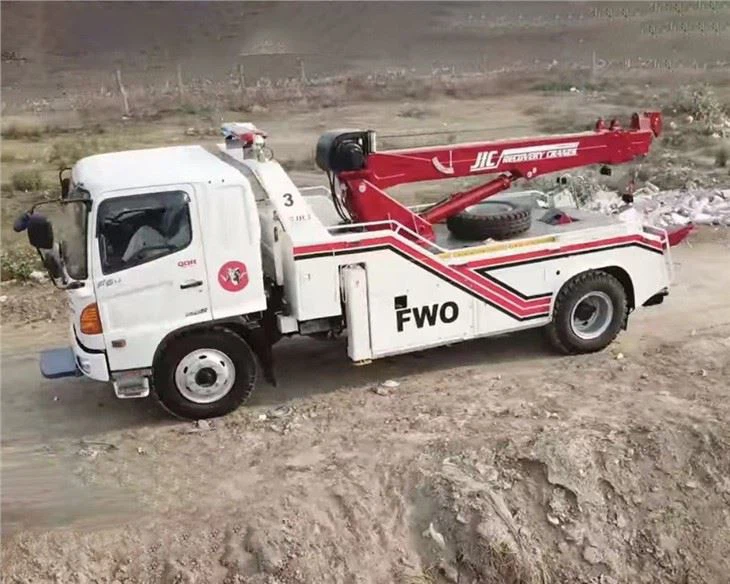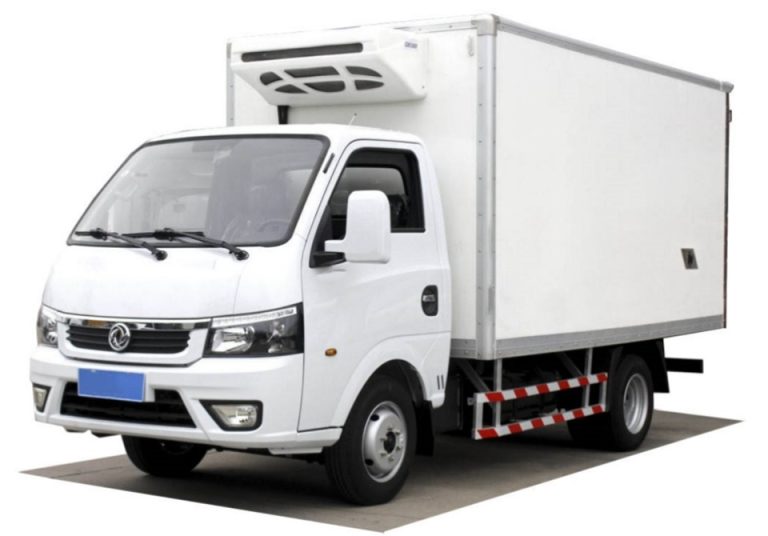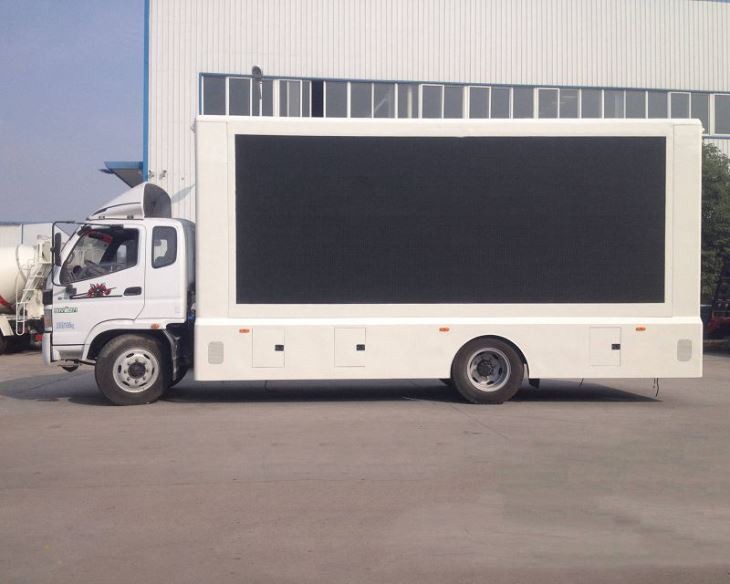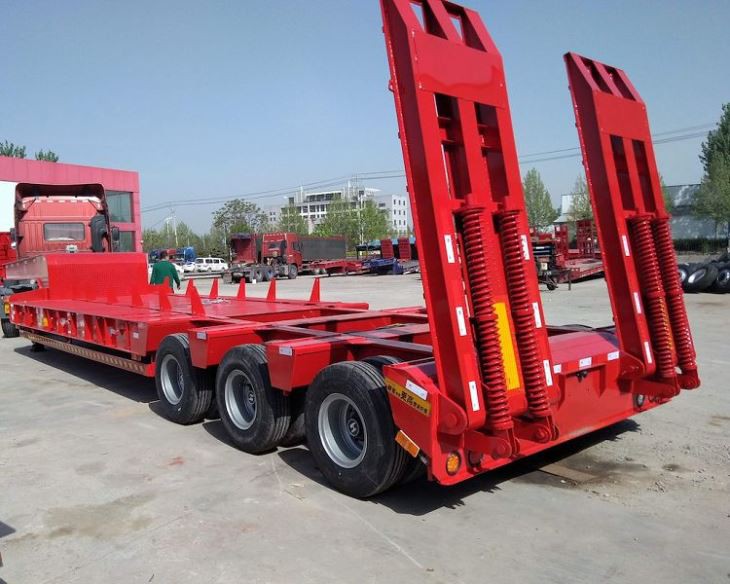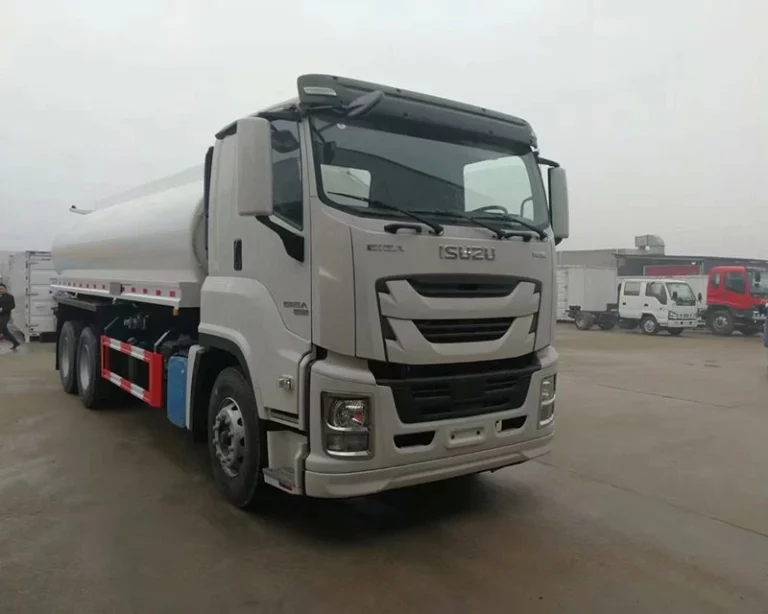Foam fire trucks are specialized vehicles designed for combating different types of fires, especially those involving flammable liquids, gases, and other hazardous materials. Their unique firefighting capabilities make them essential in various industries, including aviation, marine, and industrial applications. In this comprehensive guide, we will explore foam fire trucks in detail, covering their mechanisms, benefits, types, operational strategies, maintenance, and much more.
Understanding Foam Fire Trucks
Foam fire trucks, also known as foam tenders, are equipped with foam-generating systems that deploy firefighting foam to attack and suppress fires. Here, we delve into the intricacies of foam fire trucks and how they function.
What is Foam Fire Fighting?
Foam fire fighting involves the use of a foam agent to suppress fires involving flammable liquids. The foam forms a blanket over the fuel surface, cutting off the oxygen supply and preventing the release of flammable vapors.
The Components of a Foam Fire Truck
- Water Tank: Stores water for mixing with the foam concentrate.
- Foam Concentrate Tank: Contains the foam agent necessary for creating the firefighting foam.
- Pumps: High-capacity pumps designed to handle foam and water mixture.
- Discharge Nozzles: Specialized nozzles that create foam to be deployed on fire.
- Hoses: Heavy-duty hoses for delivering water and foam to the fire scene.
Types of Foam Fire Trucks
Foam fire trucks come in various types, each tailored to specific firefighting needs. Understanding these types is critical for effective fire management.
1. Airport Rescue and Firefighting (ARFF) Trucks
ARFF trucks are high-capacity foam fire trucks specifically designed for airport operations. They are equipped with advanced technology to deal with aviation-related fires.
2. Industrial Foam Fire Trucks
These trucks are used in facilities where flammable liquids are present, such as oil refineries and chemical plants. They are outfitted with specialized foam systems for quick response to hazardous material fires.
3. Marine Foam Fire Trucks
Marine foam trucks are tailored for firefighting in maritime environments. They often feature higher efficiencies and longer reach to combat fires on ships or docks.
4. Wildland Fire Foam Trucks
Wildland fire foam trucks are designed for forest and brush fires. They can navigate rough terrains and carry foam concentrates to suppress flames effectively.
How Foam Fire Trucks Work
The operation of a foam fire truck involves several steps that make it effective in extinguishing fires. Understanding this process is essential for firefighting personnel.
Foam Concentration Formation
When the foam concentrate is mixed with water in the correct ratio—typically between 1% to 6% depending on the foam type—it creates a solution that can be expanded by mechanical means.
Foam Expansion
Foam can expand up to 20 times its original volume. Discharge nozzles or foam inducers are used to create this expansion, allowing for a more extensive coverage area and better fire suppression.
Deployment Techniques
Foam can be applied in several ways including:
- Direct Attack: Foam is applied straight onto the fire.
- Indirect Attack: Foam is applied to a nearby surface to create a barrier.
- Foam Blanket Technique: A layer of foam is created over the burning surface to seal off fuel vapors.
Advantages of Using Foam Fire Trucks
Foam fire trucks offer several advantages compared to traditional firefighting methods. Here are some of the key benefits:
1. Effective for Flammable Liquids
Foam effectively suppresses flammable liquid fires that traditional water methods cannot effectively control.
2. Reduces Fire Rekindle
The blanket created by foam inhibits re-ignition, making it less likely for the fire to rekindle after initial suppression.
3. Faster Fire Control
Foam can cover a larger area more quickly, allowing for rapid control of the fire scene, especially in high-risk environments.
Common Types of Foam Used in Fire Trucks
Different types of foam can be used in foam fire trucks, each suited for particular situations. Below are some popular foam options:
| Type of Foam | Description |
|---|---|
| Class A Foam | Used for ordinary combustibles like wood and paper. |
| Class B Foam | Designed for flammable liquids like gasoline and oil. |
| High Expansion Foam | Creates large volumes of foam for confined spaces. |
| Alcohol-Resistant Foam | Effective for fires involving polar solvents and alcohols. |
Operational Strategies for Effective Use
Effectively using foam fire trucks requires strategic planning and understanding of how to deploy foam in varying situations.
Pre-Incident Planning
Before a fire incident, it is essential to identify high-risk areas and determine the types of foam to be used. Regular drills can prepare teams for real-life scenarios.
On-Site Command Structures
A clear command structure at the incident scene ensures that foam operations are coordinated. Assign specific roles for hose handling, water mixing, and foam deployment.
Training and Education
Regular training should be conducted for all firefighters to familiarize them with foam operation, equipment handling, and safety protocols.
Maintenance and Safety Considerations
Regular maintenance of foam fire trucks enhances their reliability and effectiveness. Below are essential maintenance tips:
Routine Inspections
Conduct routine checks on hoses, tanks, and foam systems to ensure they are functioning correctly.
Foam Concentrate Management
Ensure that foam concentrates are stored properly and replaced as necessary before expiration dates.
Safety Protocols
Always adhere to safety guidelines when handling foam concentrates. Personal protective equipment (PPE) should be worn at all times while working with these materials.
Practical Examples and Tips
- Example 1: ARFF trucks at an airport use a combination of water and foam to safely put out fires from burning aircraft during emergencies.
- Example 2: Industrial foam fire trucks deployed in chemical plants can quickly manage flammable liquid spills using appropriate foams.
- Tip: Always ensure the correct foam type is matched to the nature of the fire to achieve optimal results.
Frequently Asked Questions (FAQs)
1. What types of fires can foam fire trucks extinguish?
Foam fire trucks are primarily designed for extinguishing flammable liquid fires and can also be used effectively on ordinary combustibles.
2. How does foam compare to water in fire suppression?
Foam is more effective than water for flammable liquids as it forms a barrier that prevents oxygen from reaching the fuel source, while water can spread the fire.
3. Can foam fire trucks be used for wildfires?
Yes, some foam fire trucks are specifically designed for wildland firefighting, equipped with the capability to handle forest fires.
4. How often should foam fire trucks be maintained?
Foam fire trucks should undergo routine inspections and maintenance checks every six months or as dictated by usage and manufacturer recommendations.
5. What should be done in case of foam concentrate spills?
In case of spills, follow the manufacturer’s safety data sheets and clean up using appropriate PPE. Notify the relevant authorities if it poses an environmental hazard.
6. Is it safe to use foam around people?
While most firefighting foams are designed for safety, they may still present risks. Always use PPE and follow safety protocols when deploying foam in populated areas.
